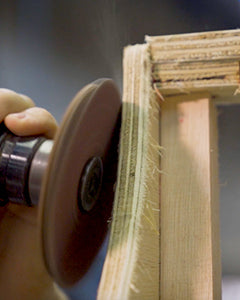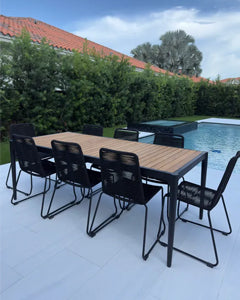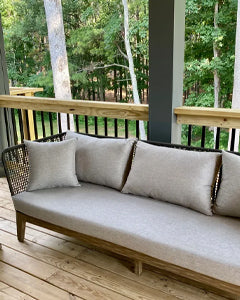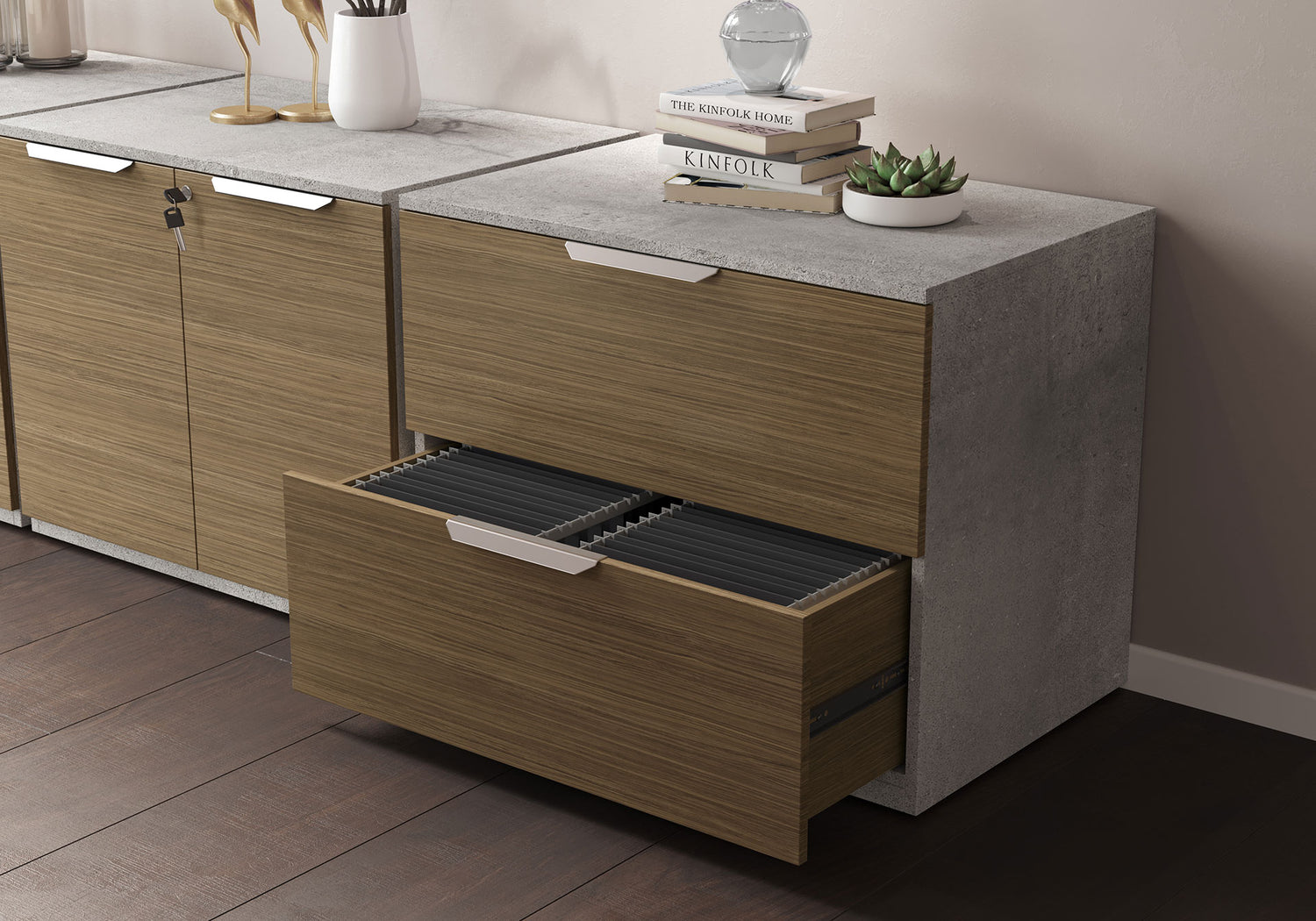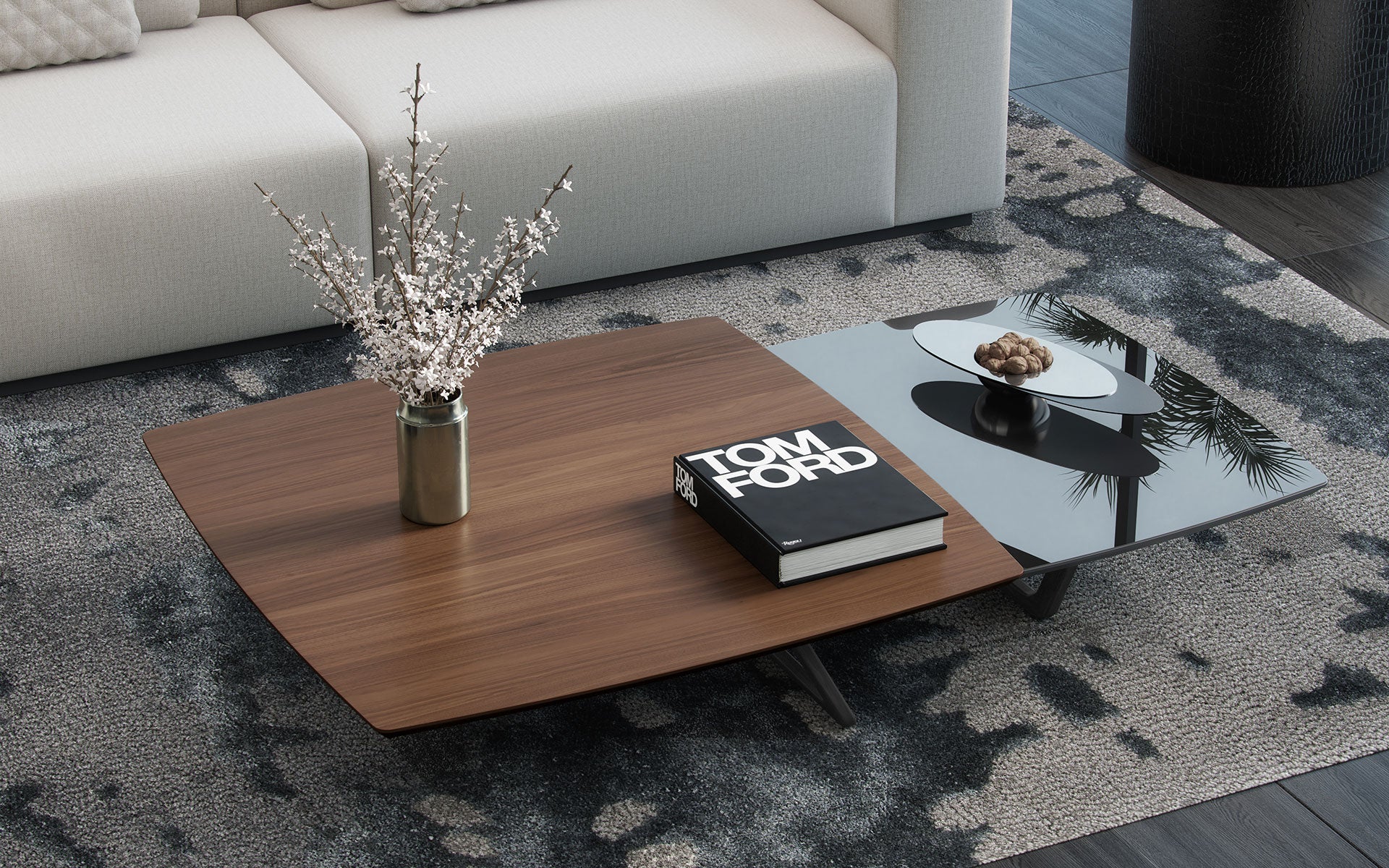Working from home is part of the new normal. If your company doesn’t allow you to work from inside your home, research shows they’ll probably begin doing so as early as 2025. Workers report being much more productive, comfortable, and happier when working from home.
Currently, about a quarter of the American workforce is working from home, at least on an occasional basis, with the majority of those polled working from home at least 30 hours a week. Globally, 16% of companies are fully remote, and the number is steadily increasing.
Considering that 83% of Americans polled want to continue working remotely, the need for solid home office ideas is increasingly important. It’s easy to take for granted the ergonomically outfitted office you enjoy at work, but creating the same at home can be a challenge.
Let’s look at some of the challenges facing employees who work from home and how you can create a workable space that fits your needs. We’ll also learn how to manage home office storage solutions, one of the biggest issues facing the at-home workforce.
Work From Home Challenges
It goes without saying there will be challenges when you work from home. Aside from daily distractions like family members, pets, and the lure of the television, at-home employees face a barrage of additional issues.
Let’s explore some of the most common challenges facing a telecommuter’s productivity and how using better home office equipment and good storage can help.
Ergonomics
You probably didn’t realize it, but your office workspace was likely meticulously designed to make you more productive. Ergonomics is the study of how workers work better, and that involves making sure workers are in an ergonomically friendly space.
Seating, office desk height, the location of your monitor, and access to your supplies and accessories are all important elements of an ergonomically sound workspace. At home, finding ergonomic balance is hard. You likely remember the early days of telecommuting at your dining room table or the couch.
Distractions
Even the chattiest person in your office can’t compare with an unfolded basket of laundry sitting near your workspace. Distractions at home are difficult as they usually pop up less as distractions and more as items on your to-do list.
You can protect yourself against home workspace distractions by ensuring your office is located as far away from the usual noise and distraction of your home as possible. Maintaining focus while working from home involves learning to triage your priorities, balancing them with your work schedule, and reminders of your home-related tasks.
Customized Space
You’ll find you’re better able to work from home and stay on task when you’re working in a space you’ve created for yourself. The benefit of an at-home office is that you’re able to fully customize and DIY your space.
At your office, your customization options are limited by the storage space you’re given access to, the desk and equipment you can use, and your office space itself. At home, you can create a space that helps you thrive: Picture frames of your loved ones or mason jars with a few flowers can help liven up any home office.
Biggest Issues With Home Office Storage
Setting up a home office is exciting, but if there’s a common thread of frustration among home workers, it’s storage. Whether you’re attempting to find a home for your folders or simply trying to decoratively store stationery and staplers, storage issues with your home office can make or break your productivity.
Once you’ve zeroed in on a suitable workspace and cut out the framework for your office, begin thinking about home office organization ideas. Even if most of your files are electronic, you’ll always need extra storage for additional items.
Here are some common storage issues you may experience as a telecommuting employee:
Cords and Wires
It’s one of the biggest eyesores in a home office or any office. Cords and wires that connect technology and machines are essential, but keeping them cleverly corralled is a major challenge.
There are numerous products aimed at gathering cords in a neat and orderly fashion; you may not need to look further than your actual desk. Many desks have mezzanine storage that allows you to hide wires and cables when they aren’t in use.
If you find your workspace has too many wires to stow, consider using a desk with wire tidies. These are specifically cut holes in the rear of a piece of furniture through which you place your wires. You’ll be able to keep your cords arranged in these spaces, which can create a cleaner, neater look.
Maintaining Style
You want a stylish space, but the minute you consider office storage, it seems like you have to forfeit design for function. That isn’t true. You can still maintain the style and create a clean and comfortable space while still providing plenty of storage for memos and other items.
In terms of storage, think outside the box. You may not need a filing cabinet or storage cabinet for your books or reference tools. A decorative bookshelf, for example, can add design to your space and easily handle volumes of books, awards, or other items you’d consider keeping on display.
Try an open shelf or floating shelves to fit shelving needs that don't take up too much wall space. These are great for small offices with a limited surface area. These save space but provide a touch of character.
Functionality
Obviously, your storage needs to be functional. If you have a great bookcase but really need hanging storage like hooks, the bookcase will be useless. Be patient and trust that the marriage of function and design can be achieved with the right products.
One of the biggest mistakes at-home employees make is rushing the office setup process. Out of necessity, they select office furniture and storage pieces based on either form or function and end up despising them because they either hate the aesthetics or don’t fit their needs.
Improving Storage in Your Home Office
Storage can be functional and eye-catching if you determine what you need and shop within the boundaries of your personal taste and office requirements.
Here are three home office storage ideas:
1. Determine What You Need
Maybe all your files are conveniently stored on your computer. Perhaps you still have hard copies. Maybe, like many people, you have a mix of both. If you have files that would be best organized in a filing cabinet, determine how many files you’ll need to store. If there’s a small amount, you may not need a dedicated filing cabinet; an in-desk storage drawer may be sufficient.
If you find yourself with many small items (pencils, sticky notes, paperclips), you’ll want to make sure you have a desk that has smaller drawers for these items. Large filing cabinet drawers can be too large for these types of items and create a chaotic mess that is anything but organized.
2. Calculate Your Space
You may very well have 500 files, but if your home office is a ten-by-ten foot square area, you’ll have to store your materials elsewhere.
When determining how to best store your office supplies and files, make sure you consider the available space in your office. Items like credenzas can be helpful if you have the space and can also offer another solid surface for decor.
Even if you feel you don’t have the space for a filing cabinet or credenza, you may be able to utilize it in an unexpected area. For instance, the space under a large desk may afford you the ability to fit a small filing cabinet.
- Pro tip: When shopping for smaller filing cabinets and storage units, opt for pieces that have wheels for easy relocation. These make it easier for you to get the items you need, especially if you need to store your filing cabinet in a space that isn’t as accessible as it would be if you were in your actual office.
3. Hone in on Your Personal Style
Style is important. When you surround yourself with pieces that you like, you’ll be more likely to keep your work and tasks in your office instead of relocating to the couch and mindlessly scrolling for new Netflix documentaries.
As functional as a piece may be, if you don’t like it, don’t use it. Opt for clean lines and simple pieces that don’t add clutter or ostentatious design to your space, and you’ll find a perfect fit.
Streamline Your Storage
Working from home may feel foreign, but with a little ingenuity (and some planning), you can easily outfit a space in your home that accommodates your work. Storage for your supplies and files will always be a challenge, but focusing on what you need, the space you have, and your personal style will help you find the pieces you need easily.
Modloft is your source for functional, stylish home office furniture that is designed with you in mind. Our pieces are original and striking yet understated, allowing you to use them in practically any space.
Sources:
10 Ergonomics Dos and Don’ts For Those Now Working from Home
Permanent Work From Home Is Coming. Businesses, Workers See Benefits | NPR
Most remote employees don't want to return to the workplace after the pandemic | YouGov


